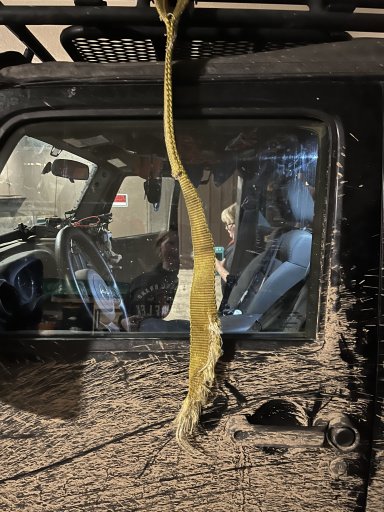
Pathfinder II
Hi,
Looking for opinions/advice on recovery gear, specifically ropes vs. straps and what size.
Is one style widely accepted as better than the other - rope or strap? My impression is kenetic rope is stronger/better but more expensive.
Is width or diamters mainly about strength or are there other benefits?
Is there any benefit to also getting soft shackles? My plan is to not have the steel shackles on my truck permanently, they would be in my gear bag in the truck and would attach them when needed. I gather the benefit of the soft shackles is for people who have the steel shackles permanently installed and the soft shackles remove the need to take them off to put the rope or strap loop thru them?
Mentally I have arrived at getting a 20', 3" wide strap. Before I buy I wanted opinions/advice.
Looking for opinions/advice on recovery gear, specifically ropes vs. straps and what size.
- Truck is a 2021 Tacoma double cab long bed - have added recovery points in front (BPF Fabrications) front passenger and back with a 2" hitch recovery)
- I don't do any serious offroading technical trails, mainly fire roads, sand, snow.
- I want to be prepared.
- Also, I do not have a winch (if that matters)
Is one style widely accepted as better than the other - rope or strap? My impression is kenetic rope is stronger/better but more expensive.
Is width or diamters mainly about strength or are there other benefits?
Is there any benefit to also getting soft shackles? My plan is to not have the steel shackles on my truck permanently, they would be in my gear bag in the truck and would attach them when needed. I gather the benefit of the soft shackles is for people who have the steel shackles permanently installed and the soft shackles remove the need to take them off to put the rope or strap loop thru them?
Mentally I have arrived at getting a 20', 3" wide strap. Before I buy I wanted opinions/advice.








